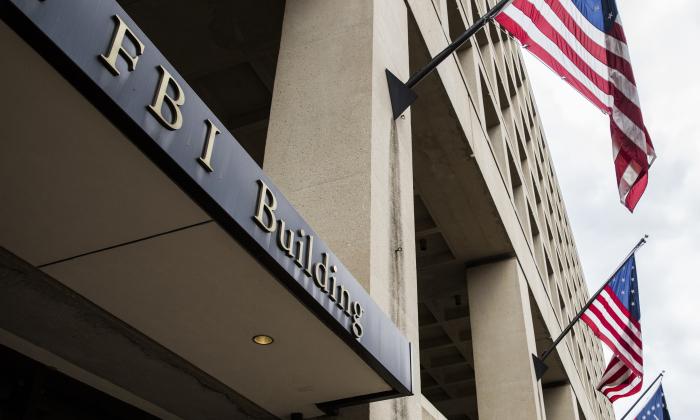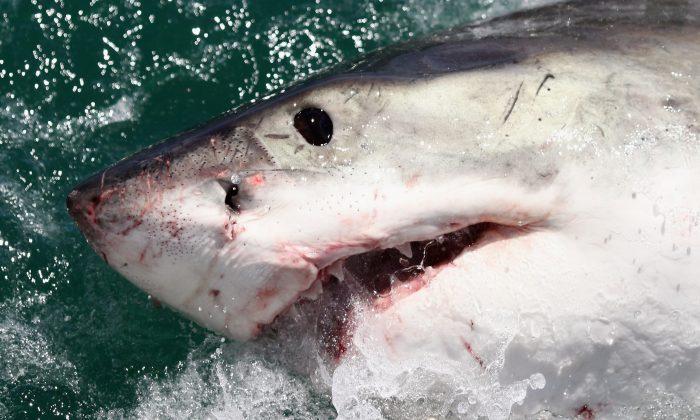A pride of lions have eaten a suspected poacher who died from an elephant attack in the South African wilderness.
The man is believed to have entered Kruger National Park, 380 kilometers (236 miles) east of Pretoria, on April 1 with four other men who had allegedly planned to poach rhinos.
Authorities confirmed that an elephant attacked and killed one of the men on April 2.
The survivors left the park and contacted a relative of the deceased with the bad news.
Kruger National Park Rangers and police from Komatipoort and Skukuza helped search for the man’s remains on April 3. Rangers searched on foot while police conducted an aerial search, but could not find the body the same day due to failing light.
By the time a bigger search team found the body on April 4 in the park’s south eastern Crocodile Bridge section, it had already been devoured.
“Indications found at the scene suggested that a pride of lions had devoured the remains, leaving only a human skull and a pair of pants,” SANS said.
Police arrested three men aged between 26 and 35 within the KaMhlushwa and Komatipoort precincts as part of a joint intelligence operation to search for the dead poacher’s accomplices.
“During the operation, two .375 hunting rifles and ammunition were seized,” police said.
The surviving suspects appeared at Komatipoort Magistrate’s Court on April 5, charged with trespassing, conspiracy to poach, and possessing firearms and ammunition without a licence.
“The court remanded them in custody and [they] will reappear at the same court on 12 April 2019, pending a formal bail application,” police said. “An inquest was [also] opened in connection with the dead suspect.”
Park Managing Executive Glenn Phillips extended his condolences to the family of the deceased and thanked all who helped the search party.
Aphrodisiac Myth
The African rhino is sometimes targeted for its horn because people who practice modern Chinese medicine have been led to believe that the horn is a potent aphrodisiac. In some parts of the world today, it is worth more than cocaine, according to CNN.“In fact, traditional Chinese medicine never has used rhinoceros horn as an aphrodisiac,” Eric Dinerstein, who served as the chief scientist at the WWF for 25 years, wrote in his 2003 book The Return of the Unicorns: The Natural History and Conservation of the Greater One-Horned Rhinoceros. “This is a myth of the Western media and in some parts of Asia is viewed as a kind of anti-Chinese hysteria.”
Conservation researcher Alexandra Kennaugh wrote in a 2015 report that there are two distinct rhino horn markets in China: a luxury market and a traditional medicine market. The report found that of the 2,000 Chinese surveyed, those who valued rhino horn for its medicinal properties—mostly for fever or pain relief—were less willing to purchase horn as prices rose. It went on to explain that those who valued rhino horn as a rare luxury good and status symbol were the ones willing to pay top dollar.
Critically Endangered
The black rhino is considered to be critically endangered since its population in the wild dropped from about 65,000 in the year 1970 to just 2,400 in 25 years later, according to the park. Conservation efforts have boosted their numbers, and the world’s remaining 5,000 or more black rhinos live mostly in South Africa, Namibia, Kenya, and Zimbabwe.At the park in 2016 there were between 349 and 465 black rhinos and between 6,600 and 7,800 white rhinos, which also suffer from poaching according to South Africa’s Department of Environmental Affairs.
The park is classified as an intensive protection zone, and the South African government tries to deter poaching through its aircraft fleet, dogs, special rangers, and environmental crime investigation unit.
Of the 680 poaching and trafficking arrests made in 2016 by police, 417 were in and around the park, the department said.





